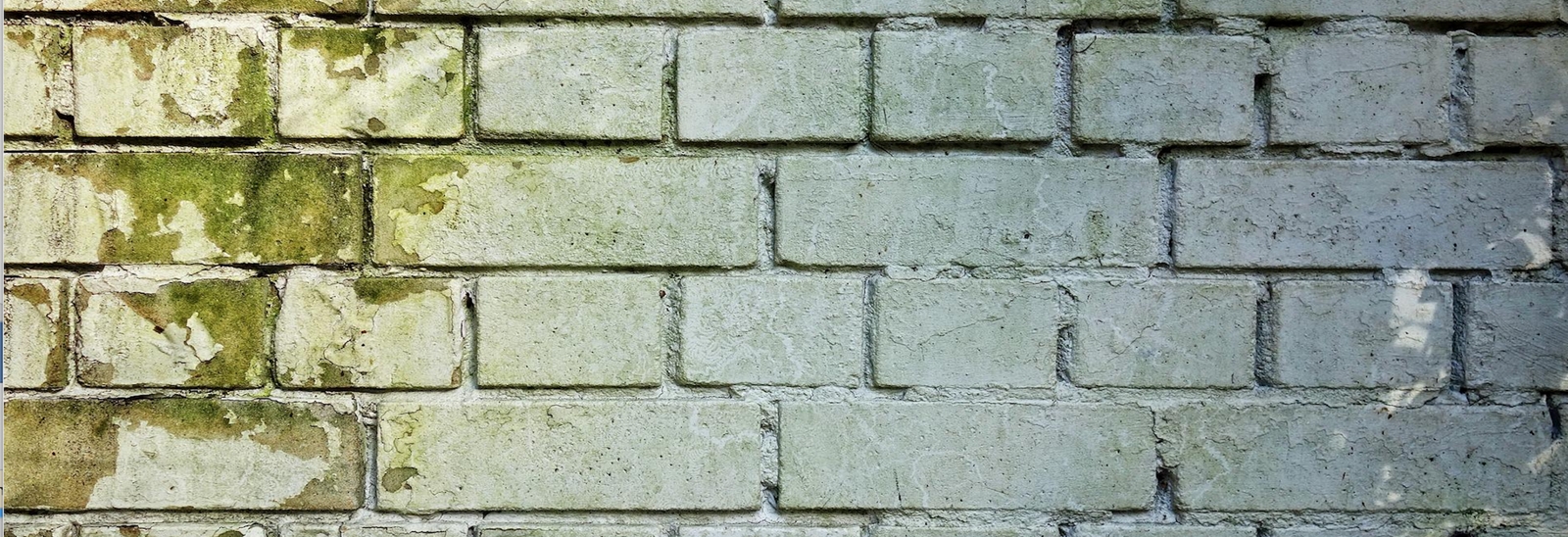However, there is also normal, non-threatening mold that anyone can expect. For example, a little bit of build-up of mold in the shower that can easily be cleaned with store-bought products is not a cause for concern. A little bit of mold is inevitable, which is why it’s important to clean your house regularly. Even still, you may be finding mold.
But for troublesome, chronic mold issues, it’s important as the seller to be transparent with buyers about it. In many states, sellers are required to disclose any potential problems or material defects that could impact the value of the property, which may include mold.
It’s another piece of information that is helpful to the buyer, just as you would with share the age of the roof or HVAC system so they know how soon they will need to replace them.
Identify the mold
You want to be as educated as possible on the house mold problems. Hire an expert to come to the property to determine the type of mold, as well as to calculate an estimate on the cost to get rid of it. These are all questions that potential buyers will have, and you want to be ready with information.
Types of mold include:
- Cladosporium
- Penicillium
- Aspergillus
Also, find out what caused the mold to grow in the first place. Is there a water leak from a burst pipe? Or are the doors and windows not sealed properly? The mold problem could be larger than simply an area of growth. If it is, it could cost interested buyers more to move in.
Finally, be thorough in identifying where the mold is located. No one wants to be surprised with more areas where mold has grown. Common culprits for mold include bathrooms, attics, basements, walls, and rooms prone to humidity.
Mitigate the spread of the mold
While the house is on the market, you don’t want the mold to get worse. Keeping humidity in check will help with slowing down the growth. Fixing the problem that led to the mold growth will also help, such as tightening leaky pipes.
If you’re able to do some clean up to keep mold at bay, remember to wear goggles and gloves for protection. Do not mix bleach with household cleaners and ammonia, as it can create toxic fumes. If you do use bleach, make sure the room is properly ventilated; leaving a window open is helpful.
For mold that is extensive, it truly is best to leave it to the professionals.
Be transparent with buyers
While it may be legal to sell a house with mold problems, you must be transparent with buyers about the issues. Be upfront from the beginning so that potential buyers know what they’re getting into before they buy. It will make the home selling process much smoother when everyone is on the same page.
In fact, in Florida, buyers can sue the seller for not disclosing problems that they were aware of, like mold in the house. It’s simply not a good idea to hide this information from potential buyers.
Past mold problems
What if the house had mold problems before, but it was remediated? While it may not be illegal to sell a home with mold, in some states it is a requirement for you to disclose this information to potential buyers. This includes past mold problems, as there’s a chance that it can return.
When sharing this information, explain where the mold grew and how the problem was fixed, and perhaps share the information of the contractor who handled it. Again, you want to avoid surprises in the selling process to make everything as smooth as possible.
Be open to lowering the cost of the house
As a seller, the last thing you want is for the house to sit on the market for too long.
Because of the mold, your house’s value has decreased, so you need to be realistic with the cost of selling the house. Since the buyer is going to have to spend a money on mold removal and any other issues that lead to the growth in the first place, they might be more amenable to purchasing it if they know they’re getting a good price on it.
In the interest of selling the house, sellers should also be open to paying for the cost of mold removal, but not managing the project themselves. This can happen with other negotiations, such as sellers agreeing to pay to replace an aging roof. This can get the house off the market faster without the hassle of working with contractors and waiting out the process.
The cost of removing mold will vary depending on the type of mold, as well as how extensive the damage is, but it can range anywhere from $500 to tens of thousands of dollars.
Mold doesn’t have to be a dealbreaker
While mold is a hassle and not something anyone would wish to have growing in their house, it doesn’t mean that it won’t sell. After all, homes with fire damage and code violations can go on the market — or be sold “as is” to a homebuying company that provide a cash offer.
Just remember that transparency is key when selling a house with mold and take the proper steps to provide as much information as you can to interested sellers. When everyone is on the same page, it’s a win-win.
Note: This guide is for informational purposes only. Meridian Trust does not make any guarantees about the sufficiency of the content in or linked to from this blog post or that it is compliant with current law. The content within this blog post is not a substitute for legal advice or legal services. You should not rely on this information for any purpose without consulting a licensed lawyer in your area.



